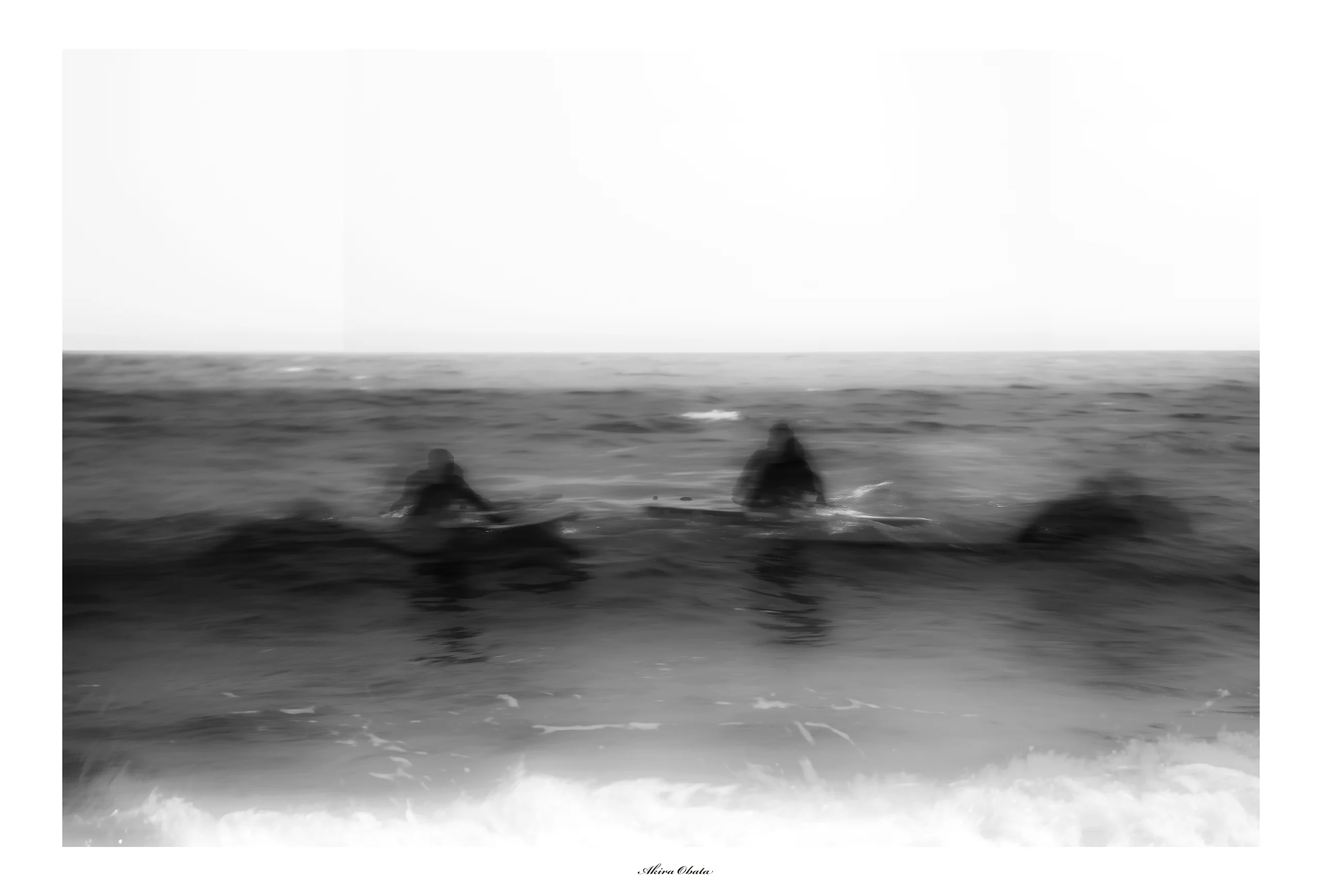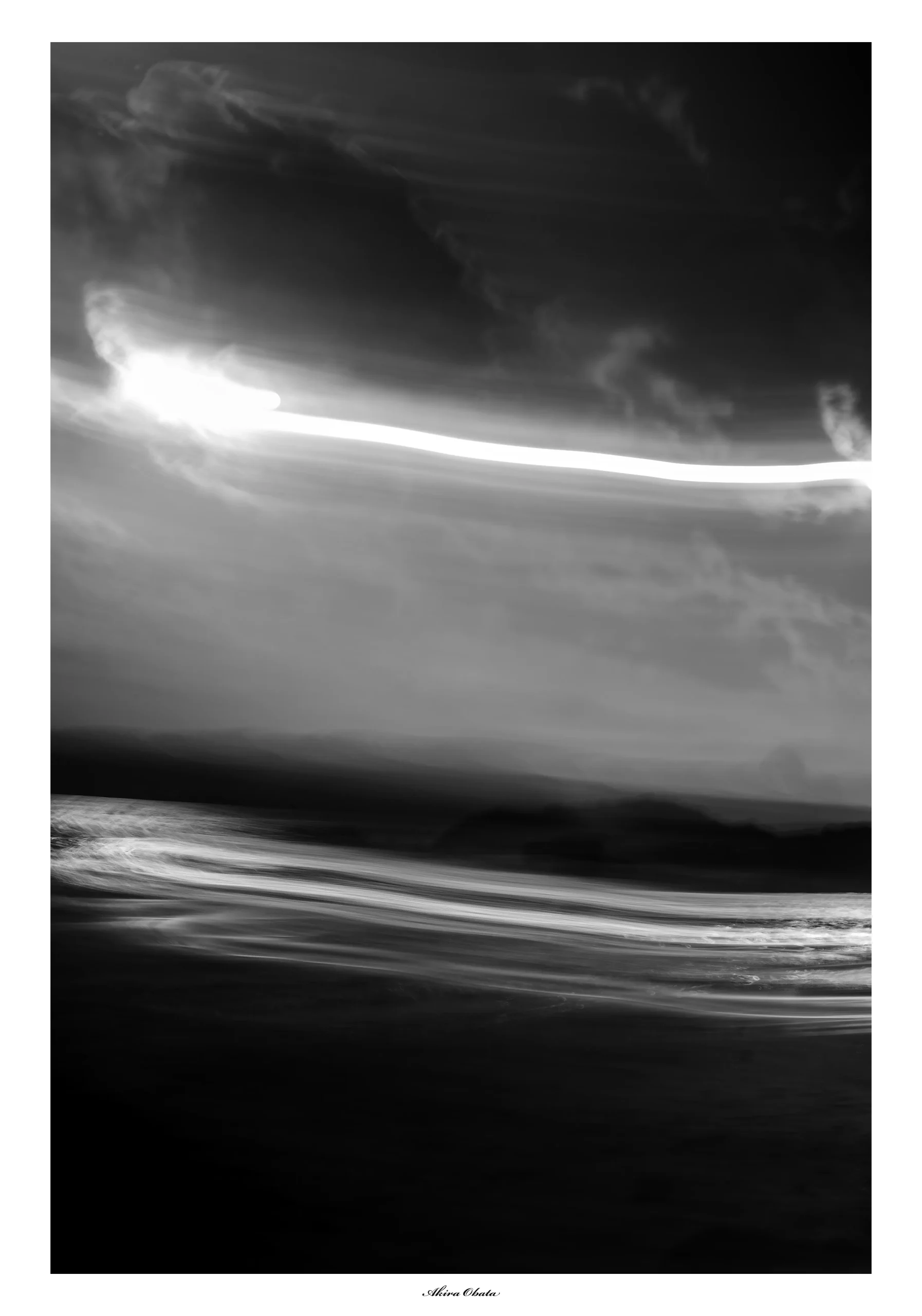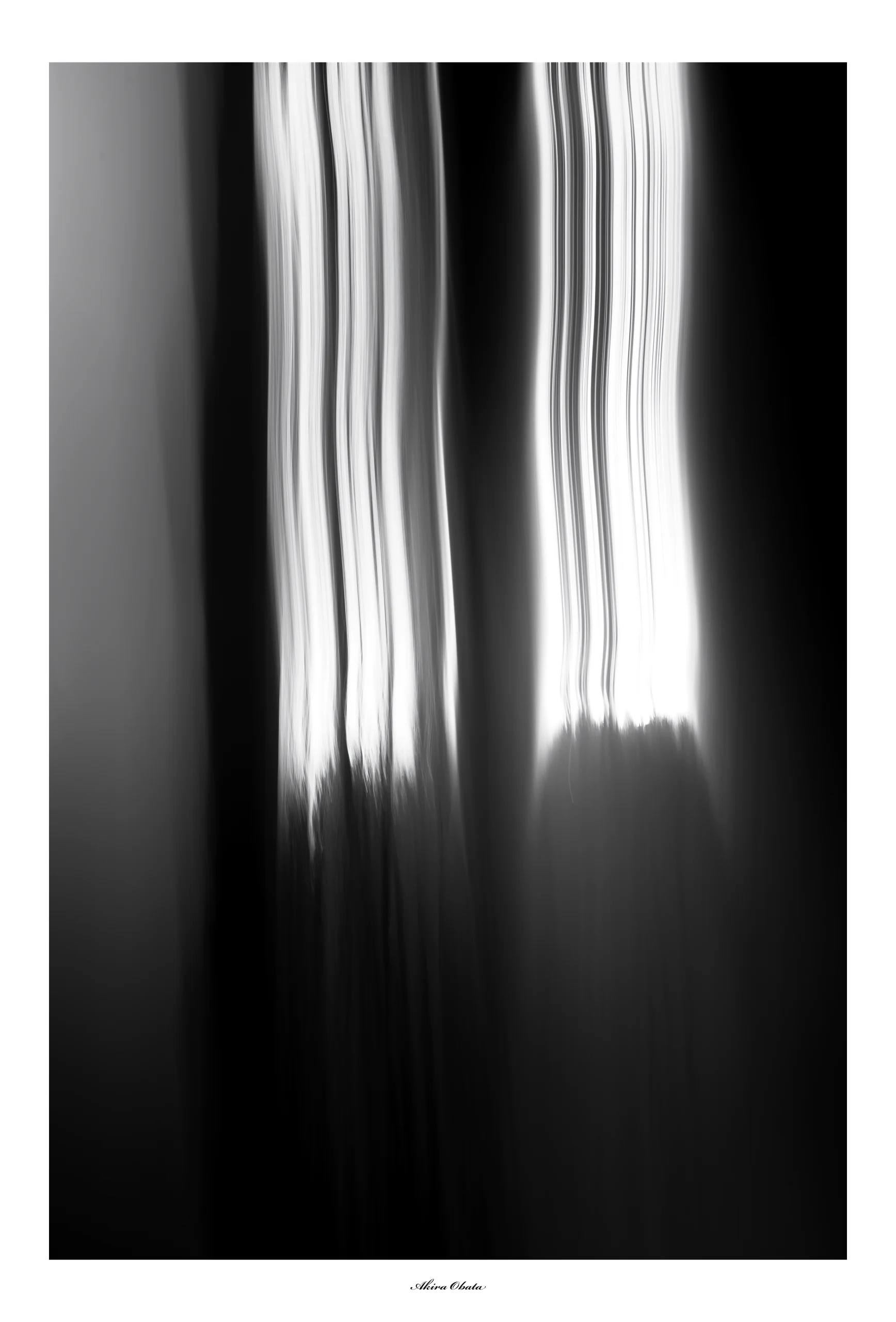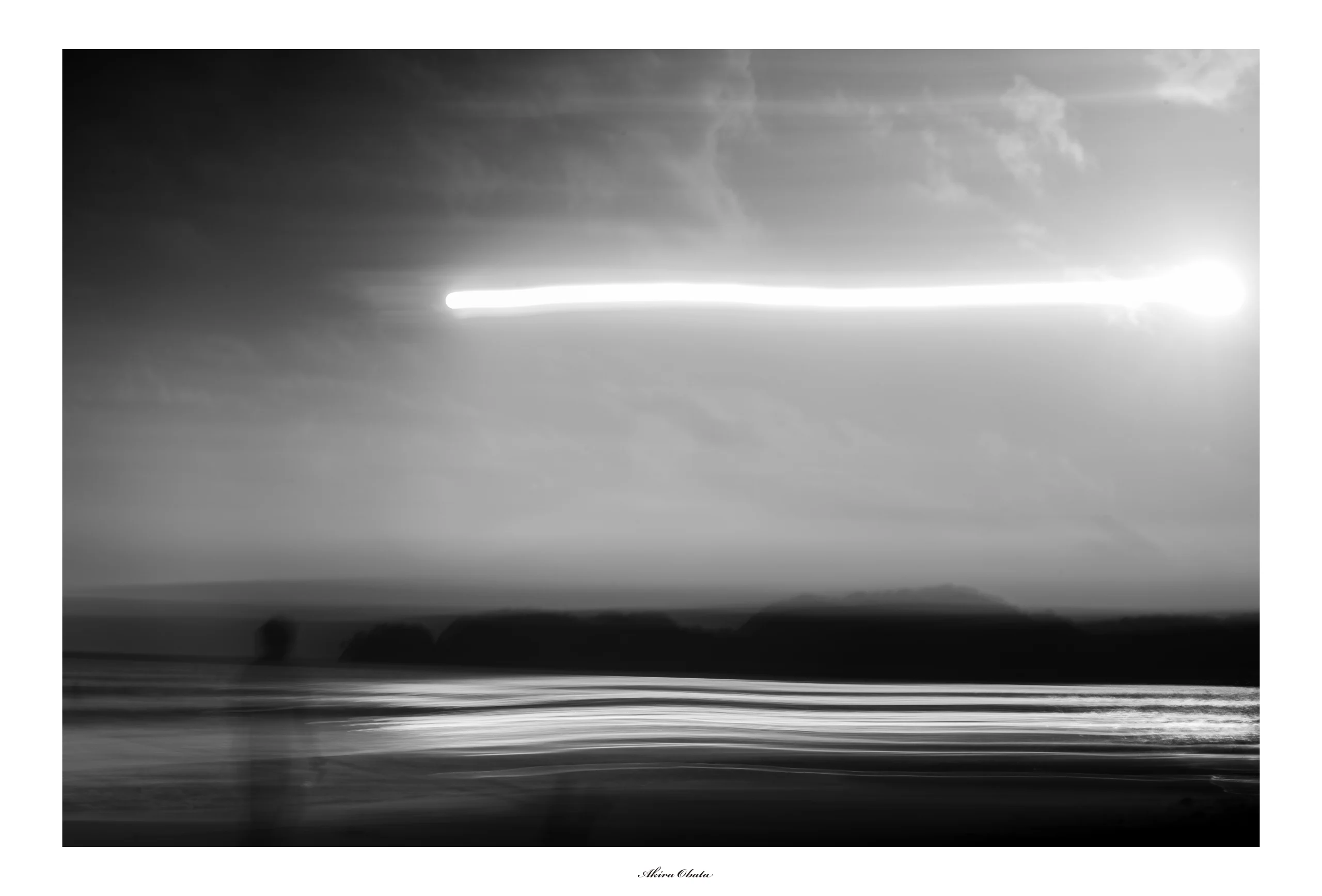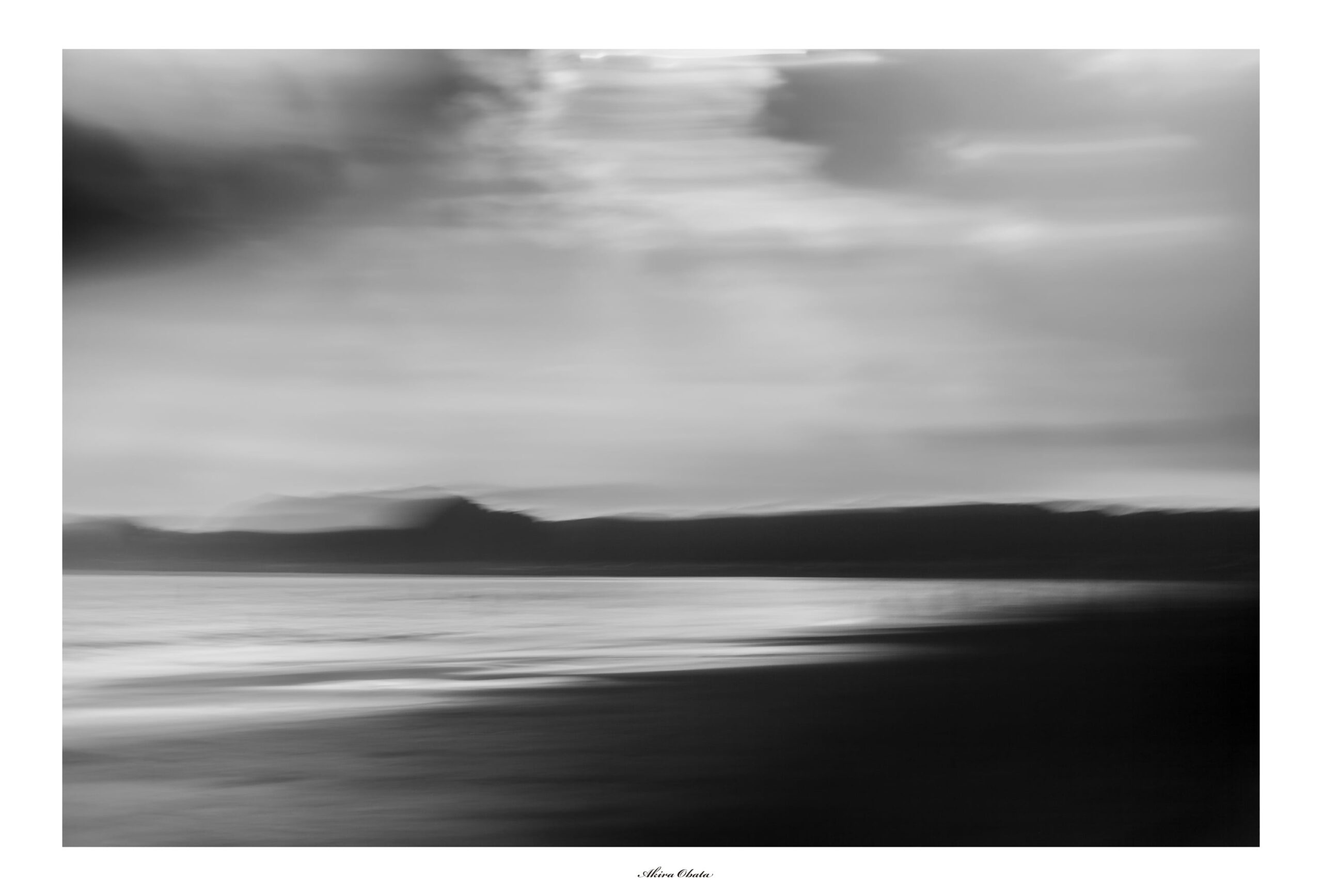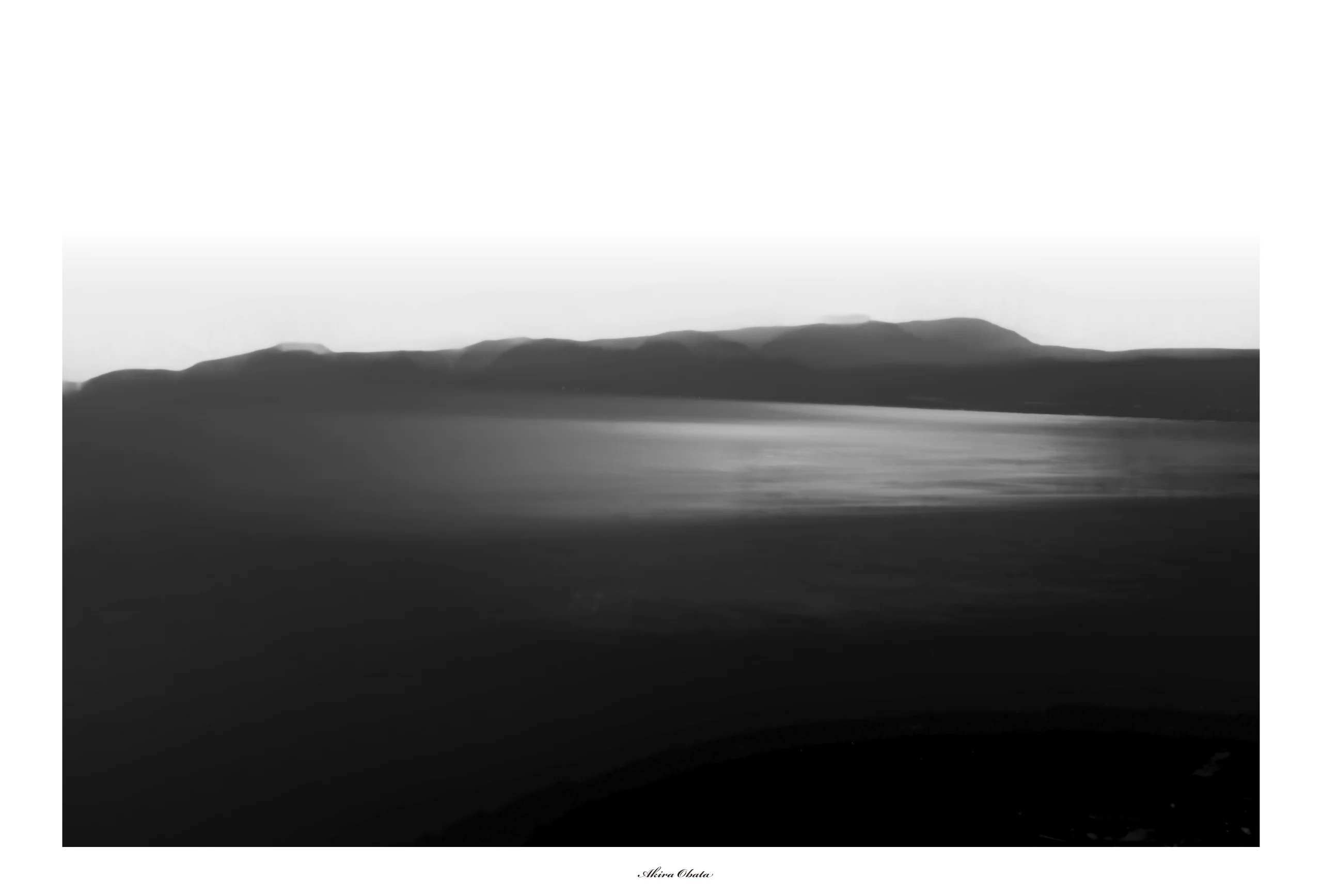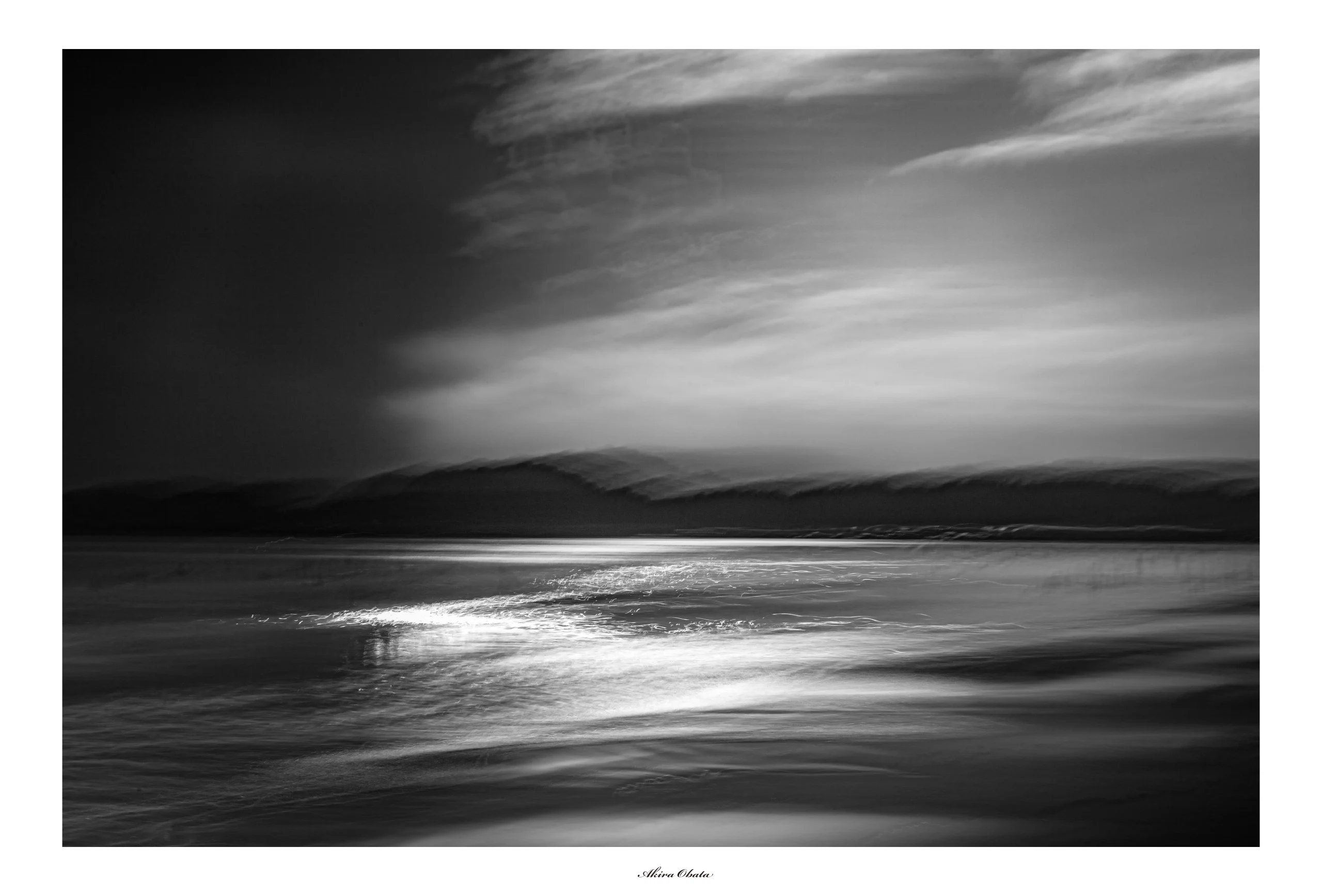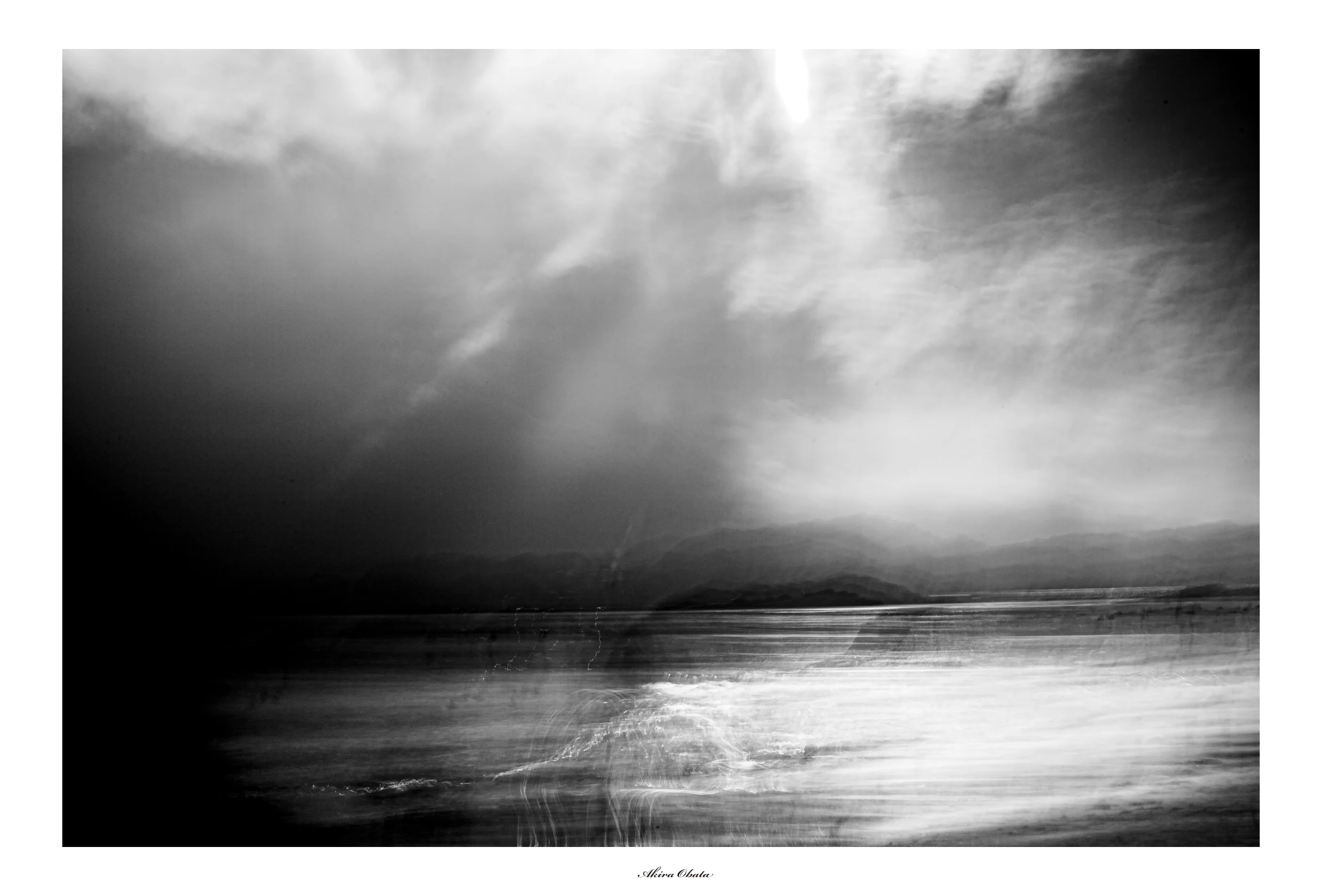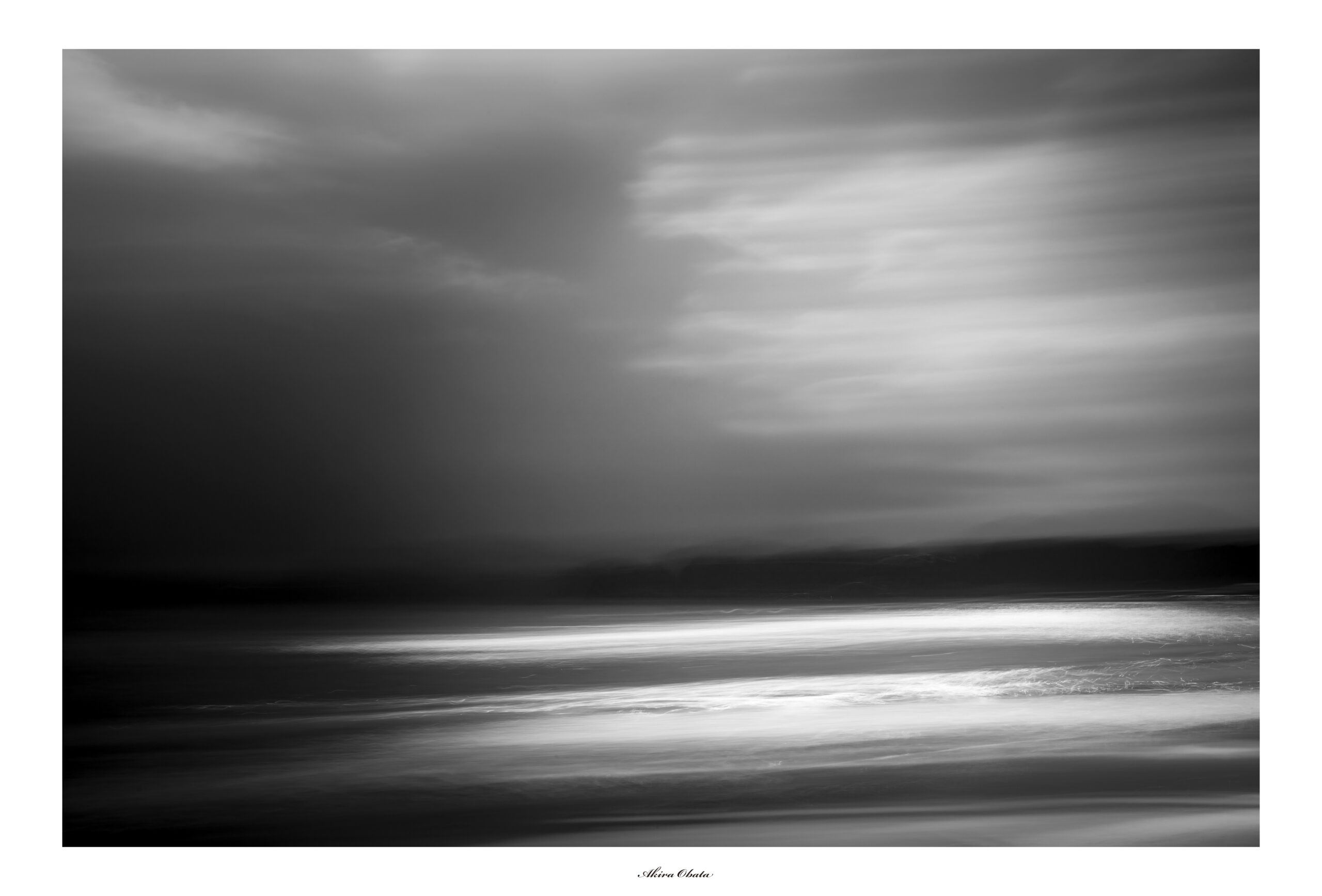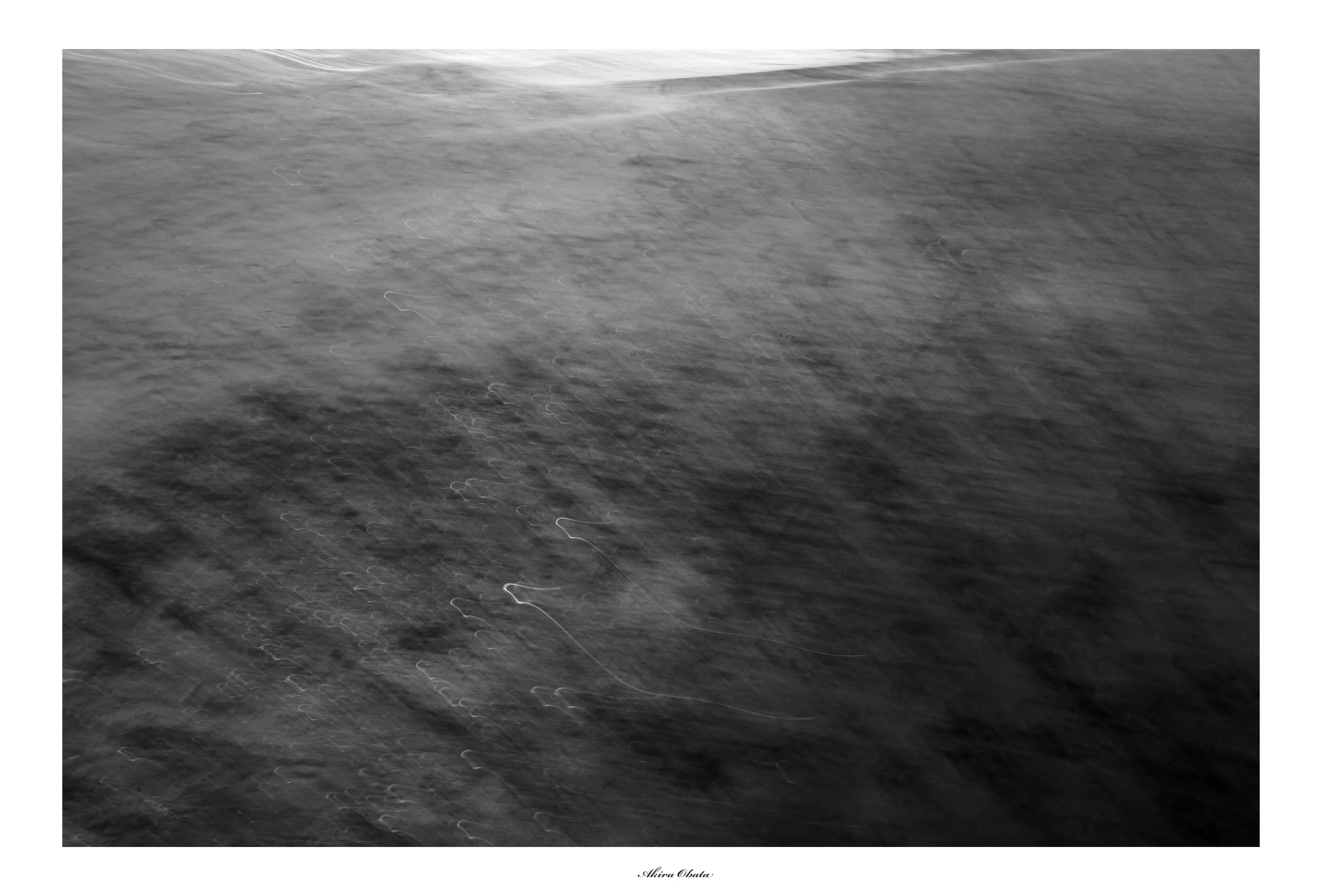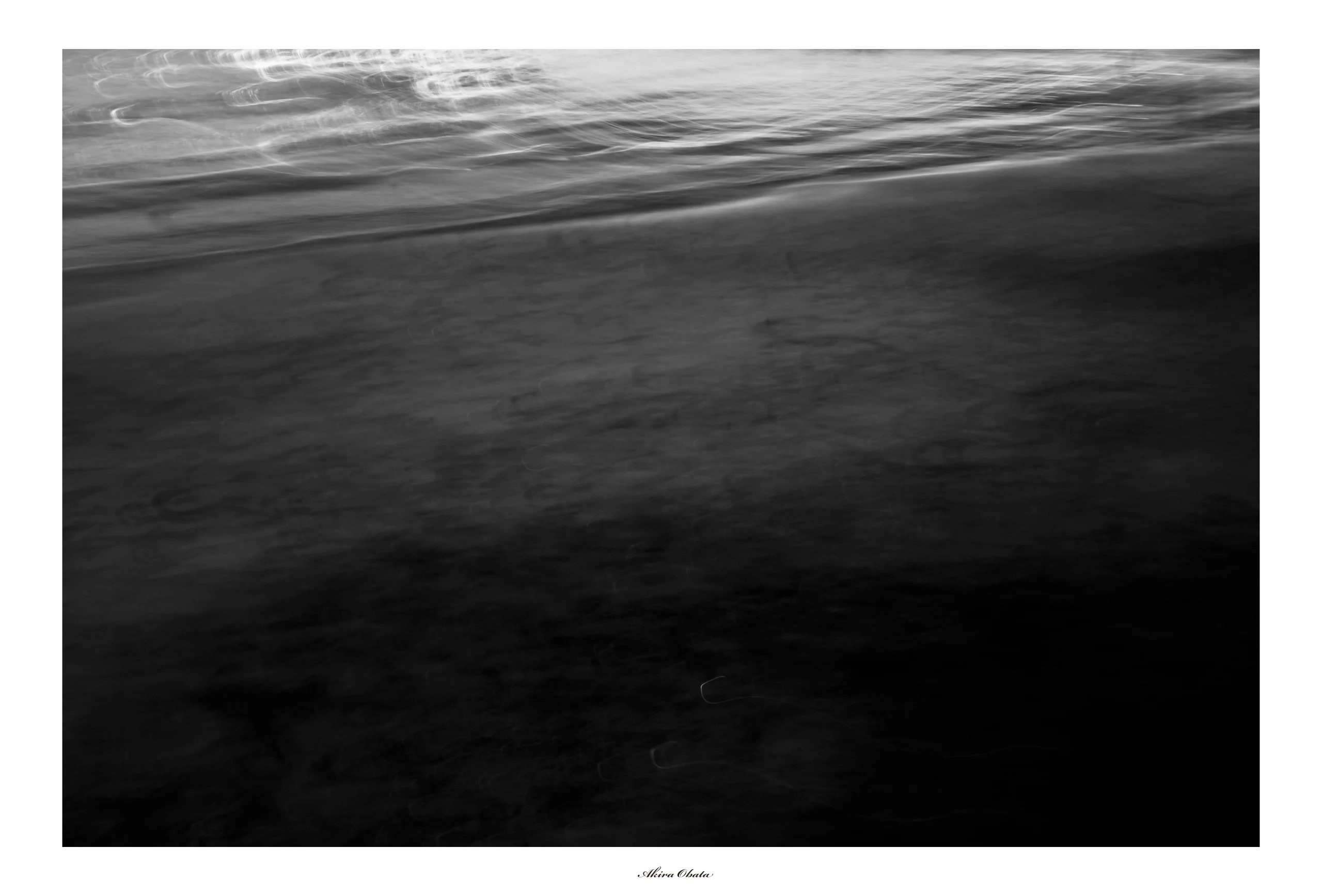about ICM
Intentional Camera Movement (ICM) may seem like a novel technique. Many photographers have been trying ICM, especially since around 2019; their practice records and works are uploaded on YouTube and Instagram. However, this technique is not novel.
In his book “Photography and the Art of Seeing” (1985/07), Freeman Patterson, a Canadian nature photographer and writer born in 1937, describes the technique of “moving the camera while releasing the shutter” (i.e., jumping while shooting trees). (photographing trees while jumping), a technique he repeatedly practiced.
Essentially, in photography, the camera is fixed, the focus is sought, and the shutter is released. This was the rule. Freeman, however, overturned this conventional wisdom.
He moved the camera quickly to capture the afterimage of light.
Inspired by “photography and the art of sight,” I immediately set out to challenge myself.
I wanted to capture not trees, but the hustle and bustle of the city as a trail of light.
For example, a person’s figure crossing in front of me would be sensitized as a faint afterimage by moving the camera. It is like an uncertain afterimage stored in the human brain, and somehow nostalgic.
Of course, I am not denying traditional photography. It is a new interpretation of photography. I am challenging ICM as a means of expanding my field of expression. This technique is fascinating, fresh and inspiring. But it is much more difficult than it seems.
In 2022, I am actively using ICM to shoot on beaches, temples, and urban areas near me.
Sometimes a mysterious and deeply spiritual expression similar to the collodion process, in which silver nitrate is applied to a glass original plate and photographed, can be reproduced with a digital camera.
Without sticking to ICM, I will always seek new photographic expressions that transcend preconceived notions.
“Photography and the Art of Seeing” was re-released in October 2011.
WIKIPEDIA Freeman Patterson
ICM(Intentional Camera Movement)は斬新な手法に見えるかもしれない。特に2019年頃から多くのカメラマンたちがICMにチャレンジしている。YouTubeやインスタグラムには彼らの実践記録や作品がアップされている。しかしこの手法は決して斬新なものではない。
1937年カナダ生れ、自然写真家・ライターのフリーマンパターソンは彼の著書”Photography and the Art of Seeing”(1985/07)で「カメラを動かしながらシャッターを切る」(ジャンプしながら樹木を撮影する)技法に触れ、実践を繰り返していた。
写真撮影は本来、カメラを固定し、焦点を求め、シャッターを切る。これが決まりだった。しかしFreemanはその常識を覆したわけだ。
カメラを素早く動かし、光の残像を捉える。
私は「写真と視覚の芸術」に触発され、早速チャレンジを始めた。
私は樹木ではなく、街の雑踏を光の軌跡として捉えたいと考えた。
例えば目の前を横切った人の姿は、カメラを動かすことによって微かな残像として感光する。それは人間の脳に記憶された不確かな残像のようだし、なぜか懐かしい。
勿論、伝統的な撮影を否定しているわけではなない。写真に対する新たな解釈。私は表現領域を広げる手段としてICMにチャレンジしている。この手法は魅力的で新鮮なインスピレーションを与えてくれる。しかし思ったよりずっと難しい。
2022年、私は身近な海岸や寺院、都会での撮影にICMを積極的に活用している。
ガラス原版に硝酸銀を塗布し撮影したコロジオン・プロセスにも似た、神秘的で精神性の深い表現がデジタルカメラで再現できることもある。
ICMに固執すること無く、常に既成概念を超えた、常に新たな写真表現を模索していこうと思う。
“Photography and the Art of Seeing” は2011年10月再販されました。
WIKIPEDIA Freeman Patterson
About #4854
This work was taken in the same place and at about the same time as work #4852.
The sun before sunset, the hills in the distance, the surface of the sea reflecting the light, the sandy beach, and the ripples lapping at my feet. These are the components of this work.
The lens slides with dreamlike speed from the right side of the scene to the sun, capturing and fixing the sun in the center. It is a momentary performance. Yes, less than a tenth of a second.
At this time, the lens is stopped down to its maximum value, and also a filter called ND400 is used to control the incoming light.
My ICM photos are not edited or altered by Photoshop or other applications. I only remove noise.
One moment of shutter release is all that matters.
作品番号#4852と同じ場所、ほぼ同時刻にシャッターを切った作品です。
日没前の太陽、遠くの丘陵地帯、光を反射して輝く海面、砂浜、足元に打ち寄せる漣。これらがこの作品の構成要素です。
一瞬の光景をレンズは右側から太陽に向かって夢のような速さでスライドし、中央の太陽を捉えフィックスさせました。それは一瞬のパフォーマンスです。そう、10分の一秒にも満たない。
この時、レンズは最大値まで絞り、しかもND400というフィルターで光の入射を制御します。
私のICM写真はフォトショップなどのアプリケーションで編集や改変処理をしてありません。ノイズを除去するだけです。
一瞬のシャッターが、すべての結果です。
About #4852
The horizon does indeed cross the field of vision from side to side.
But is that really all there is?
When you are being tossed about by waves, the horizon is not necessarily a straight horizontal line.
ICM is about weaving movement and time into a still image.At the moment the sun disappeared into the west, I moved the lens from side to side. Then I rotated the result by 90 degrees.
水平線は確かに視界を左右に横切る。
しかし本当にそれだけだろうか?
波に揉まれている時、水平線は必ずしも横一直線ではない。
カメラを瞬間的に動かし、自然の一瞬を捉える。ICMとは静止画の中に動きと時間を織り込むわけだ。太陽が西の彼方に消え去る瞬間、レンズを左右に動かした。そしてその結果を90度回転させた。
